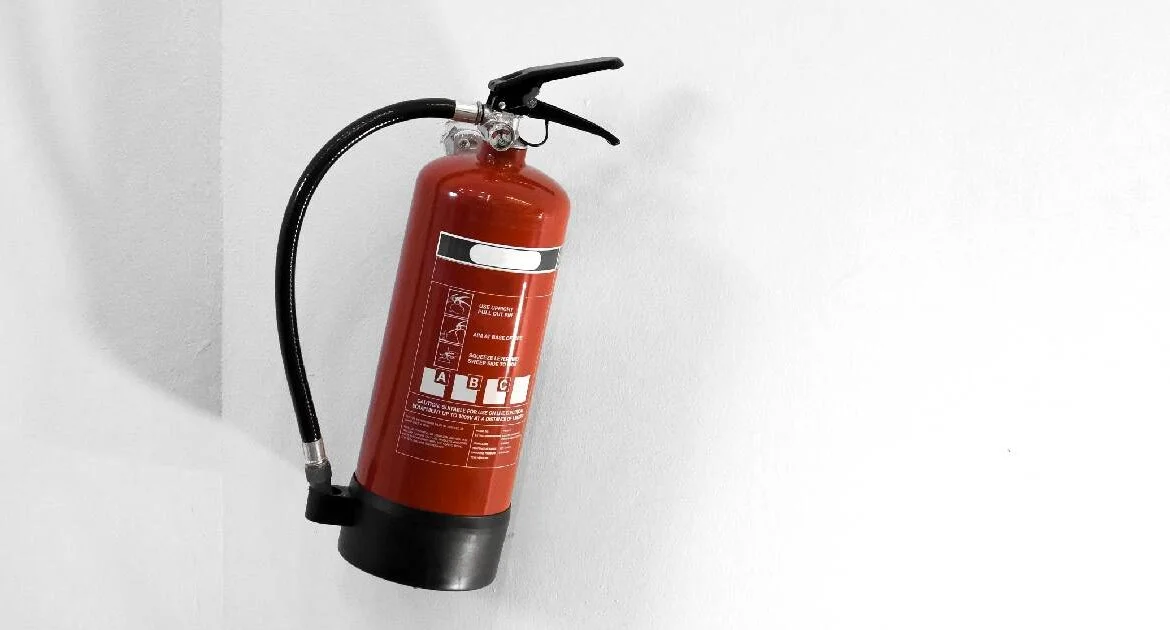Introduction
In the United Kingdom, ensuring the safety of individuals and property is of paramount importance. One crucial aspect of this commitment is the completion of a Fire Risk Assessment (FRA). But who exactly is responsible for carrying out this essential task? In this blog post, we will delve into the details of Fire Risk Assessment and shed light on the key stakeholders responsible for its completion.
Fire Risk Assesment Certificate
Ensure the safety of your premises with our comprehensive fire risk assessment service. Recommended annually and conducted by professional assessors, our assessments guarantee that essential fire safety measures and controls are in place. Schedule your assessment today.
What is a Fire Risk Assessment?
A Fire Risk Assessment (FRA) is a thorough examination of a property to identify potential fire hazards, assess the risk of those hazards causing harm, and determine the adequacy of existing fire safety measures.
Who is responsible for completing a Fire Risk Assessment?
In the United Kingdom, the responsibility for completing a Fire Risk Assessment falls on the “Responsible Person.” This term is commonly used in fire safety regulations and typically refers to the person or entity with control over the premises. This could be the property owner, employer, landlord, or any individual or organization with management responsibilities.
Can the responsibility be delegated to someone else?
Yes, the Responsible Person can delegate the task of completing the Fire Risk Assessment to a competent person. A competent person is someone with sufficient training, experience, and knowledge about fire safety to carry out the assessment effectively.
What are the key steps involved in completing a Fire Risk Assessment?
The process typically involves five main steps:
- Identifying Fire Hazards: This includes anything that could cause a fire, such as electrical equipment, heating systems, or flammable materials.
- Identifying People at Risk: Assessing who may be at risk in the event of a fire, including employees, visitors, or residents.
- Evaluating the Risks: Determining the likelihood of a fire occurring and the potential consequences if it does.
- Recording Findings: Document all significant findings, existing fire safety measures, and any actions taken or planned to address identified risks.
- Reviewing and Updating: Regularly reviewing and updating the FRA to ensure it remains current and effective.
- Fire Risk Assessment Defined: Before we delve into the responsibility aspect, let’s understand what a FRA entails. A Fire Risk Assessment is a systematic evaluation of a property or premises to identify potential fire hazards, assess the risks, and determine appropriate measures to mitigate or manage those risks effectively. This process is a legal requirement in the UK and is crucial for safeguarding lives and property.
- Responsible Person: The primary responsibility for completing a FRA falls on what is known as the “responsible person.” According to the Regulatory Reform (Fire Safety) Order 2005, the responsible person is the individual or entity who has control over the premises. This could be the owner, manager, landlord, employer, or any person who has control over the relevant premises.
- Duties of the Responsible Person: The responsible person is tasked with several key duties related to Fire Risk Assessment
- Conducting the Assessment: The responsible person must ensure that a comprehensive Fire Risk Assessment is conducted for the premises. This involves identifying fire hazards, evaluating the risks, and devising appropriate measures to control or eliminate those risks.
- Regular Reviews: Fire Risk Assessments are not one-time tasks. The responsible person is obligated to regularly review and update the assessment. Changes in the premises, operations, or legislation may necessitate revisions to the FRA.
- Implementing Safety Measures: Based on the findings of the assessment, the responsible person is required to implement and maintain appropriate fire safety measures. This includes providing adequate fire safety training to staff, installing fire detection and warning systems, and ensuring emergency escape routes are clear and well-maintained.
What are the consequences of not completing a Fire Risk Assessment?
Failure to conduct a Fire Risk Assessment or implement necessary safety measures can result in legal consequences, including fines or imprisonment. More importantly, neglecting fire safety puts people’s lives at risk, which is why compliance with fire safety regulations is of utmost importance.
What are the key steps involved in completing a Fire Risk Assessment?
The process typically involves five main steps:
- Identifying Fire Hazards: This includes anything that could cause a fire, such as electrical equipment, heating systems, or flammable materials.
- Identifying People at Risk: Assessing who may be at risk in the event of a fire, including employees, visitors, or residents.
- Evaluating the Risks: Determining the likelihood of a fire occurring and the potential consequences if it does.
- Recording Findings: Document all significant findings, existing fire safety measures, and any actions taken or planned to address identified risks.
- Reviewing and Updating: Regularly reviewing and updating the FRA to ensure it remains current and effective.



